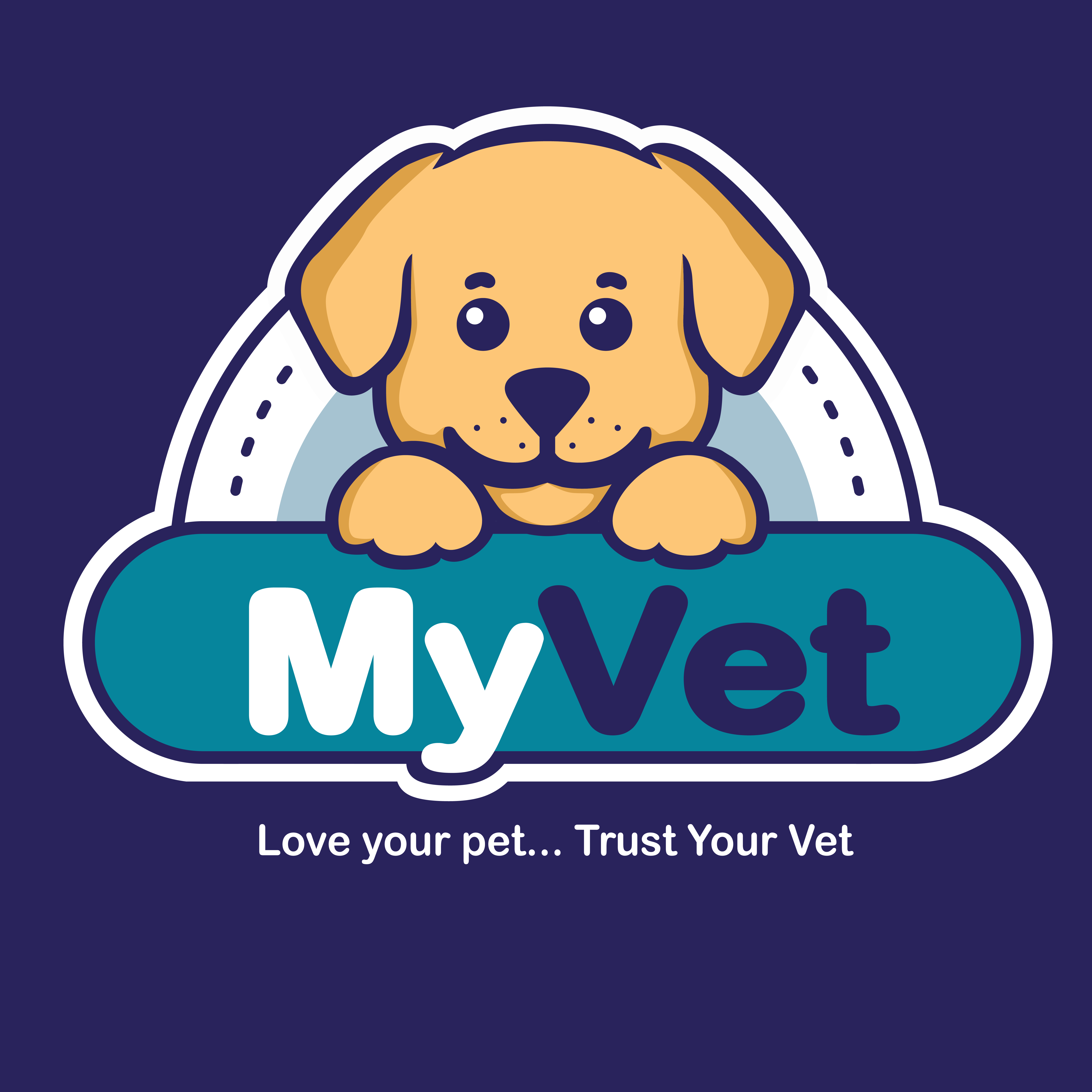Veterinarians in or near Chesapeake
Find Vets in your area
- Alabama
- Alaska
- Arizona
- Arkansas
- California
- Colorado
- Connecticut
- Delaware
- District Of Columbia
- Florida
- Georgia
- Hawaii
- Idaho
- Illinois
- Indiana
- Iowa
- Kansas
- Kentucky
- Louisiana
- Maine
- Maryland
- Massachusetts
- Michigan
- Minnesota
- Mississippi
- Missouri
- Montana
- Nebraska
- Nevada
- New Hampshire
- New Jersey
- New Mexico
- New York
- North Carolina
- North Dakota
- Ohio
- Oklahoma
- Oregon
- Pennsylvania
- Rhode Island
- South Carolina
- South Dakota
- Tennessee
- Texas
- Utah
- Vermont
- Virginia
- Washington
- West Virginia
- Wisconsin
- Wyoming
Need a vet? Call one today.
Your pets deserve the best healthcare. A sick or injured pet is scary, but finding a local veterinarian shouldn't be.
Explore our articles and resources for pet parents
SUMMER SAFETY FOR PETS
Summer has arrived, although I am aware that some of you in many parts of the United States went directly from winter to summer without the slow transition of spring. Nevertheless, hot weather is upon us and we should all be aware that there are some definite dos and don’ts that should be observed in the summer all across the country regarding our pets.
Ultimate Guide to Golden Retrievers
Golden retrievers are the perfect, joyful, and lovable companions. They fall into a category of dogs that make us ask, “What did we ever do to deserve dogs?”
TAKING CARE OF YOUR DOG – COMMON SENSE TIPS
It’s an exciting time welcoming a new puppy into your household. They provide so much fun and love, and are like a new child in your family. This time can also be daunting to the new puppy owner, especially if they have never owned a dog before. In this article, we will give you a whirlwind tour through everything you need to know to take care of a new puppy.
BEHAVIORAL DIFFERENCES IN CATS AND DOGS
Having both a dog and a cat at home isn’t unusual. They are two creatures that can live in harmony together. Pet owners do the same for both as far as caring for them goes. They provide them with food, shelter, and water. Cats and dogs still share a few obvious differences… and not just their size. Here are five ways having dogs is different from having cats.
THE POODLE
One of the world’s most popular dogs, the Poodle enjoys the limelight. Experts describe the Poodle as clever, elegant, and proud. Tucked behind the impressive hairdos, fancy ribbons, and regal attitude is an affectionate friend and winner among dogs.
Brief History
The Poodle has a rich history that dates back to the first century. No one is certain of its origin. Its earliest ancestors were curly-coated dogs from central Asia. The curly-coated type extended into Hungary, France, and Russia, and was known as the Barbet. In France, the Poodle is believed to be a crossbreed of the Barbet and a Hungarian water dog. It is referred to as the “chien canard” or “caniche”, for its duck hunting prowess. But the dog is so versatile that it found work as a guide dog, military dog, and a circus performer. So adored was the poodle that it became enshrined as the national breed of France.
But the German strain is the type that most influenced the dog we see today. In Germany, it is known as “Pudelhund”. The name is a combination phrase, “Pudel” meaning, “to splash about”, and “hunt”, or “hound”.
European history has seen Poodle depictions in painting and drawings dating back to the 15th century. In Spain, this breed became extremely popular during the 18th century through artists such as Francisco Goya.
The Poodle comes in 3 sizes: Toy, Miniature and Standard. The Standard poodle holds the claim to being the original version, with the other two varieties bred down for the ease of household companionship. In the late 19th century, fanciers began exhibiting the poodle in the show ring. Its iconic haircut was thought to have started as a hunting clip, with hair left longer to protect its joints from the cold. But the accentuated height and fluff were probably further exaggerated for the circus performers.
Physical Features
The Poodle is square, standing as tall as his body is long. He has a long nose, a full muzzle, dark eyes, and long, pendulous ears. The tail is usually cropped. A true sporting dog, his body is muscular and athletic. His coat is his glory; it comes in many colors including bi-color. The hair is thick and notoriously curly, although groomers will blow it straight and hand-scissor it for the legendary haircut.
The registry recognizes three sizes.
Average Height:
Toy: Under 10 inches
Miniature: 10-15 inches
Standard: Over 15 inches
Average Weight:
Toy: 5-7 pounds
Miniature: 10-20 pounds
Standard: 45-70 pounds
Life Expectancy:
10-15 years
Temperament
The Poodle is among the smartest of all dogs. This breed is a brilliant student and adept at nearly any kind of task. His personality is one of fun and happy energy, filled with humor and bounce.
Special Needs
Being a curly-coated dog, the Poodle will need regular grooming. The dog can be prone to ear infections unless the hair is pulled from the inner ear.
Possible Health Concerns
Poodles can be fragile, especially the toy variety. Some of the ailments that plague the breed are:
Heart disease
Cushing’s disease
Epilepsy
Addison’s disease
Gastric dilation-volvulus/bloat
Hip dysplasia
Eye disorders
Sebaceous adenitis
Exercise
Depending on the size of the dog, exercise needs will vary. But all poodles need a fair amount of aerobic workout on a regular basis.
Nutrition
Poodles thrive on a balanced diet of proteins, carbohydrates, and fat. Carbohydrates provide them with the energy needed to stay active while proteins and fat support their lean muscle health, build and repair their immune system as well as the central nervous system. Proteins should make up a huge part of their diet since they make their coats and skins glow.
Grooming
The Poodle’s grooming needs are best addressed by a professional, although some owners like to let their dog grow out curly and woolly. To that end, be sure to have a veterinarian inspect the ears, cut the toenails, and drain the anal glands regularly.
Here are some more poodle resources:
Poodle Lovers Post: History of the Poodle
AKC.org: Dog Breeds: Poodle
NATIONAL VETERINARY TECHNICIAN WEEK
Sunday, October 12, 2014, marked the first day of National Veterinary Technician Week. Veterinary Technicians are dedicated animal hospital professionals, who provide the ultimate care for your four-legged friends, your pets. They perform a multitude of tasks around any animal hospital to enhance the health and welfare of your special family member.
MOVING WITH YOUR PETS
Whether you’re moving to a different street, different state or different country – your pets will likely travel along with you. Aside from the hassles that come with moving, you’ll need to consider how you move your pet safely and as stress-free as possible. Here are a few handy things you need to know for when it comes time to move with your pets.
All About Llamas
Ahh, the lovable Llama. This mammal weighs in at around 250 lbs and reaches a height of 47 inches.














